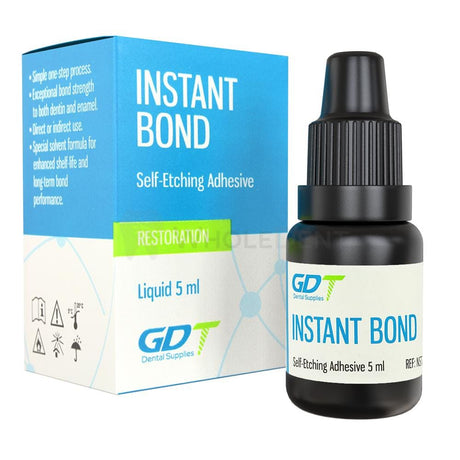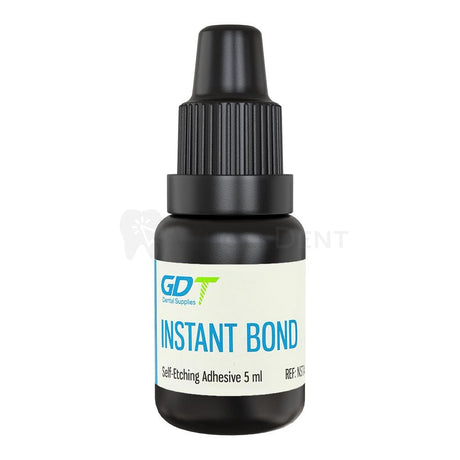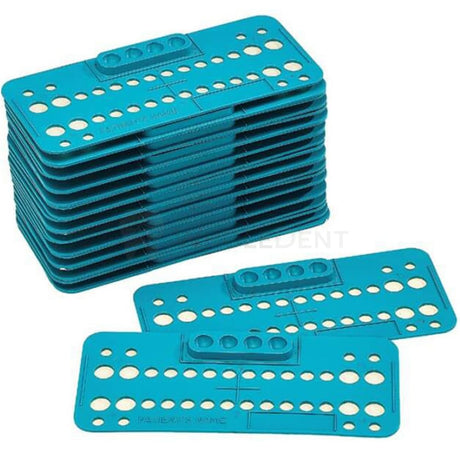Самопротравливающийся клей GDT Supplies
$25.00 as low as $22.50Цена за единицу товара /НедоступенШприц для ортодонтического клея Reliance GoTo
$83.00 as low as $74.70Цена за единицу товара /НедоступенОрто Вита Шприц для светоотверждаемой ленты с цементом
$39.90 as low as $35.91Цена за единицу товара /НедоступенНабор адгезивов и праймеров Morelli Orthobond
$115.00 as low as $103.50Цена за единицу товара /НедоступенЛотки для подготовки склеивания GDT Supplies
$39.90 as low as $35.91Цена за единицу товара /НедоступенКлей для брекетов Morelli Orthobond Plus, меняющий цвет
$59.00 as low as $53.10Цена за единицу товара /НедоступенReliance Ortho Rely-A-Bond Клей для брекетов, 3,5 г, шприц
$47.90 as low as $43.11Цена за единицу товара /НедоступенКлей Morelli Orthoprimer Primer For Brackets
$39.90 as low as $35.91Цена за единицу товара /НедоступенСамопротравливающийся клей GDT Supplies
$75.00 as low as $67.50Цена за единицу товара /НедоступенШприцы с клеем GC Ortho Connect
$215.00 as low as $193.50Цена за единицу товара /НедоступенReliance Ortho Band Lok Синий цементный шприц 10г
$135.00 as low as $121.50Цена за единицу товара /НедоступенНасадки для ортодонтического клея Reliance GoTo
$95.00 as low as $85.50Цена за единицу товара /НедоступенСветоотверждаемый фиксатор фиксатора Reliance Ortho LCR, шприц 1,5 г
$75.00 as low as $67.50Цена за единицу товара /НедоступенНабор шприцев Reliance Ortho Rely-A-Bond
$325.00 as low as $292.50Цена за единицу товара /НедоступенКлей для брекетов Morelli Orthobond Plus, меняющий цвет
$55.00 as low as $49.50Цена за единицу товара /Недоступен
FAQs
Not every orthodontic adhesive requires a primer. Always check the manufacturer's instructions for the specific adhesive being used to determine if a primer is necessary. The need for a primer depends on the type of adhesive being used. Traditional chemical cure adhesives often require a separate primer to enhance bonding between the tooth surface and the adhesive. However, many modern adhesives, especially light-cured and self-etching types, come with the primer mixed into the adhesive or do not require a primer at all. These all-in-one systems simplify the application process by eliminating a step, which can save time and reduce the potential for errors during application.
You’ll find two types of dental adhesives: light-cured and self-cured.
Self-cured dental adhesives don’t require a light source for curing. They will harden when the two components within make contact with each other. Typically, you’ll use this option when you’re bonding brackets in the back part of the mouth because light-curing would be more challenging.
Light-cured dental adhesives are the most common type used in orthodontics. They’re applied directly to the brackets or appliances. A special light cures them. The curing process will activate the “glue,” allowing it to harden enough to create a durable bond. Generally, they offer many advantages, such as the ability to control the process and easy cleanup.
Yes, there are several specific techniques and tips for applying orthodontic adhesives that can significantly enhance the outcome of the bonding process, ensuring strong, durable, and effective braces placement. Here are some key recommendations:
- Ensure the tooth surface is clean and dry, and then etch it to improve bond strength.
- Apply a consistent, thin layer of adhesive, and position brackets accurately on the first attempt to avoid weakening the bond.
- Cure the adhesive thoroughly with a high-quality light-curing device, ensuring even exposure for the prescribed time.
- Keep the area free from saliva or blood before curing and remove any excess adhesive around the brackets after curing.
- Advise patients to avoid hard or sticky foods initially and schedule regular check-ups to monitor the braces’ integrity.
By following these techniques and paying careful attention to each step of the application process, orthodontists can enhance the effectiveness of orthodontic adhesives, leading to more successful treatment outcomes.
Storing your orthodontic dental adhesives properly will help them maintain their effectiveness. Here are a few guidelines:
- Keep them in a dry, cool place, away from extreme temperatures and direct sunlight.
- Ensure the containers are sealed tightly to prevent air and moisture exposure.
- Check each adhesive container’s expiration date. Discard expired products correctly.
- Keep the dental adhesives away from pets and children. Only qualified professionals should use them.





























